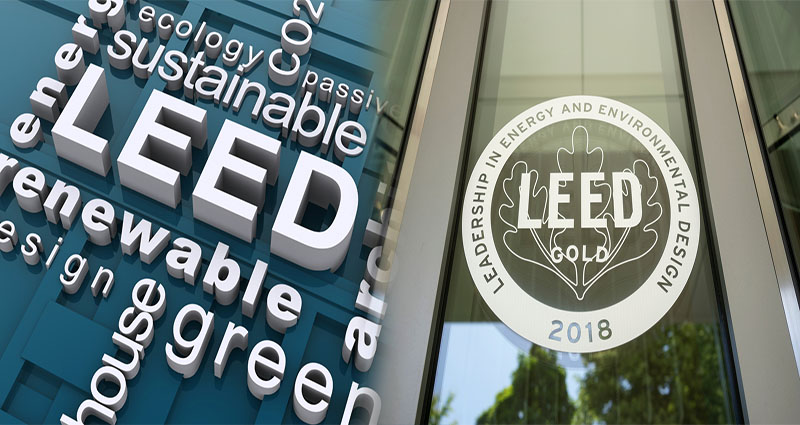Green buildings are in high demand as more people become environmentally conscious. The Leadership in Energy and Environmental Design (LEED) certification is one of the most recognized green building rating programs in the world. In this article, we will explore the benefits and requirements of LEED certification.
What is LEED Certification?
LEED certification is a voluntary program that promotes the design, construction, and operation of eco-friendly buildings. The LEED rating systems are designed to provide a framework for establishing healthy, efficient, and sustainable buildings. Green buildings that are LEED-certified promote energy efficiency, savings in water and reduced greenhouse gas emissions.
Benefits of LEED Certification
There are many benefits to getting a building LEED certified:
- Cost Savings: LEED-certified buildings typically save money over time on utility bills, water bills, maintenance and operations costs.
- Improved Air Quality: LEED certification requires buildings to meet strict indoor air quality standards. This ensures that the air inside is clean, which can improve occupant health, productivity, and well-being.
- Positive Environmental Impact: Green buildings have a reduced negative impact on the environment, making them more sustainable. LEED buildings promote sustainable building practices like the use of renewable energy, reduced waste and better transportation options.
- Higher Property Value: LEED-certified buildings have been shown to have a higher property value and rent as they are highly sought after by eco-conscious businesses and consumers.
- Recognition and Publicity: LEED certification helps to identify environmentally responsible buildings, enhance your company’s reputation, and receive positive recognition for your commitment to sustainability.
LEED Certification Requirements
To become LEED certified, buildings must adhere to strict requirements that are outlined in the rating system.
- Building Location and Design: The building must be located in an area that is conducive to reducing environmental impact, such as proximity to public transportation. It should also be designed using sustainable building materials, such as recycled products or renewable resources.
- Sustainable Site Development: The site must be evaluated to minimize its environmental impact, such as improving water and energy efficiency.
- Water Efficiency: The building must be designed to minimize water usage through the use of efficient plumbing fixtures, irrigation systems and other measures.
- Energy and Atmosphere: The building must be designed to minimize energy consumption by utilizing renewable energy sources like solar, wind, or geothermal energy.
- Materials and Resources: The building must be constructed with sustainable materials that have a lower environmental impact, such as using recycled materials and reusing construction waste.
- Indoor Environmental Quality: The building must be designed to create a healthy and comfortable environment for occupants, such as ensuring good air quality and adequate ventilation.
- Innovation: LEED certification also recognizes new and innovative technologies and practices that further sustainability goals.
LEED certification is a symbol of environmental responsibility and sets buildings apart for their energy and resource efficiency. If you’re constructing a new building or renovating an existing one, consider obtaining LEED certification. By adhering to LEED requirements, you will not only be helping the environment but also saving money in the long run.












